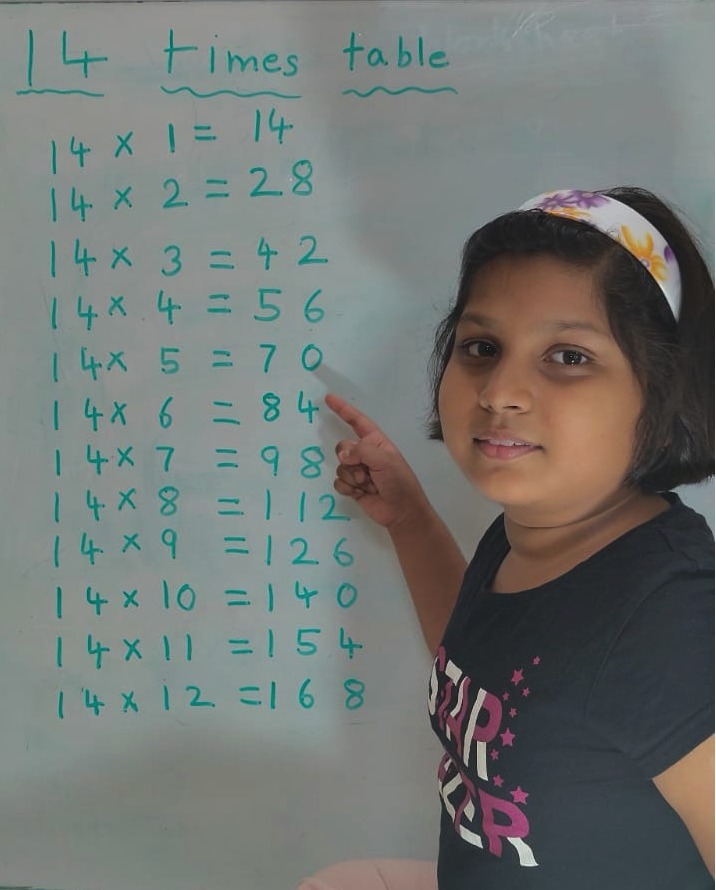Class Boundaries
Here we will learn class boundaries or actual class limits.
For overlapping class intervals, the class limits are also called class boundaries or actual class limits.
In the case of nonoverlapping class intervals, the class limits are different from class boundaries.
Let the nonoverlapping class intervals for a grouped data be 1 – 10, 11 – 20, 21 – 30, etc. The gap between any two consecutive intervals is 1 (11 – 10 = 1, 21 – 20 = 1, etc.). Change the class intervals into class intervals (1 - 12) - (10 + 12), (11 - 12) - (20 + 12), (21 - 12) - (30 + 12), etc., i.e., 0.5 – 10.5, 10.5 – 20.5, 20.5 – 30.5, etc.
These class intervals are now overlapping. As there is no value of the variable between 10 and 11 or 20 and 21, etc., the frequencies of the intervals do not change. The class limits of 0.5 – 10.5 are 0.5 (lower limit) and 10.5 (upper limit). 0.5 and 10.5 are the class boundaries (actual class limits) of the class interval 1 – 10 in the nonoverlapping case.
Thus in the case of nonoevrlapping class intervals,
The actual lower limit = lower limit - 12 × (gap)
The actual upper limit = upper limit + 12 × (gap)
Solved Example on Class Boundaries or Actual Class Limits:
If the class marks of two consecutive overlapping intervals of equal size in a distribution are 94 and 104 then find the corresponding intervals.
Solution:
The difference between 104 and 94 = 104 - 94 = 10.
Therefore, the class intervals are (94 - 102) - (94 + 102) and (104 - 102) - (104 + 102),
i.e., 89 - 99, 99 - 109.
From Class Boundaries to HOME PAGE
Didn't find what you were looking for? Or want to know more information about Math Only Math. Use this Google Search to find what you need.
Recent Articles
-
Vertical Subtraction | Examples | Word Problems| Video |Column Method
Mar 22, 25 05:20 PM
Vertical subtraction of 1-digit number are done by arranging the numbers column wise i.e., one number under the other number. How to subtract 1-digit number vertically? -
Worksheet on 11 Times Table | Printable Multiplication Table | Video
Mar 22, 25 05:08 PM
Worksheet on 11 times table can be printed out. Homeschoolers can also use these multiplication table sheets to practice at home. -
Worksheet on 10 Times Table | Printable Multiplication Table | Video
Mar 21, 25 03:46 PM
Worksheet on 10 times table can be printed out. Homeschoolers can also use these multiplication table sheets to practice at home. -
5th Grade Prime and Composite Numbers | Definitions | Examples | Math
Mar 21, 25 12:18 AM
5th grade prime and composite numbers -
14 Times Table | Read and Write Multiplication Table of 14| Video
Mar 20, 25 04:03 PM
In 14 times table we will learn how to read and write multiplication table of 14. We read fourteen times table as:One time fourteen is 14 Two times fourteen are 28 Three times fourteen are 42





New! Comments
Have your say about what you just read! Leave me a comment in the box below. Ask a Question or Answer a Question.